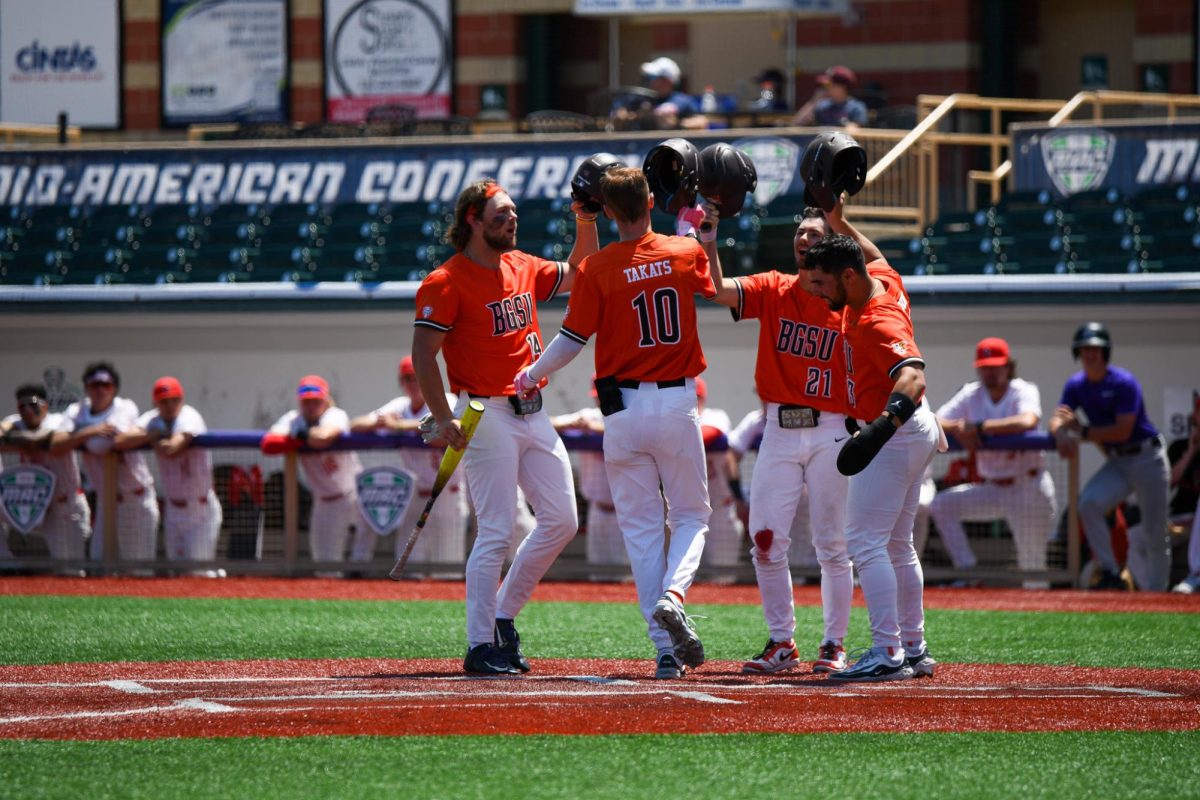COLUMBUS, Ohio – A canoe dry-docked across the river from gleaming white oil tanks. A shopping cart abandoned beside a pristine wooded bank. A bristling dog staring from its lair, a gritty dirt wedge between two houses.
“Along the Ohio,” an exhibit of black and white photographs of scenes along the Ohio River at the Columbus Museum of Art through Jan. 6, offers a sympathetic, if not always flattering, view of towns along the 981-mile river that begins in Pennsylvania and eventually merges with the Mississippi in Cairo, Ill.
Photographer Andrew Borowiec, a University of Akron art professor who grew up in Europe, has visited the river almost 60 times since 1986 to produce the gelatin silver prints that seem to train a blazing white spotlight on its subjects.
For years, Borowiec walked up and down back alleys, explained his mission to curious neighbors and staked out interesting views, waiting for just the right light.
In 1997 he spent two weeks photographing the aftermath of the February flood, tramping through ooze and sewage.
Borowiec is clearly attached to the river, and his sympathies for it are clear, especially as he began to see past the rust belt grit of many of the towns and cities he visited in West Virginia, Kentucky, Ohio, Indiana, Pennsylvania and Illinois.
“In the neatly mowed lawns and freshly painted fences that adorned dilapidated homes, however, I detected a version of the stubborn persistence with which early settlers had faced life in the wilderness,” Borowiec writes in his introduction to “Along the Ohio,” a book of Ohio River photographs including those in the exhibit, published by Johns Hopkins University Press last year. “I began to understand that I was seeing signs of not only depression and decay, but also endurance and hope.”
Borowiec is a master of portraying a scene in several layers, not all of which are immediately discernible.
“Moscow, Ohio,” for example, is at first glance a mundane portrait of an urban backyard, the scene of grass and a picnic table interrupted by giant steam clouds billowing from cooling towers in the background.
A closer look finds two small poodle statues guarding a rusted planter, their trim fluffiness perfectly mirroring the rolling steam clouds.
“He’s always looking for these moments of domestic bliss, and then it’s bifurcated exactly by the opposite, the industrial side,” said Catherine Evans, the museum’s curator of photography.
In “Madison, Indiana,” a man is halfway done painting a picket fence – the finished portion is bright white. In “Aurora, Indiana,” a white sailboat that could be at home in any body of water is moored just offshore from an engine and just across the river from a working crane.
Borowiec believes it’s impossible to separate the human influence on the river. Evans acknowledges that some find the pictures depressing, but says they are an empathetic view of the river and its people.
“As you look at the pictures, what he’s showing is the human presence and the fact that it is an altered landscape,” she said. “We have to understand how to look at it with new standards of beauty. You’re not going to find the Ansel Adams pristine places anymore.”
This tension between the reality of river towns and people’s attempts to overcome their situation is harshly apparent in “East Liverpool, Ohio” A bristling dog – a guard animal, no faux poodle this – protects a 55-gallon drum turned into a barbecue grill.
The grill “was a manifestation of pioneer resourcefulness, an attempt to make the best of things and create some semblance of the American Dream under less than ideal circumstances,” Borowiec wrote.
After his years photographing the river and interviewing its residents, “I wondered if, in my own way, I had become a river rat,” he wrote. “As it happens, I now have a 55-gallon drum barbecue grill in my own back yard.”


















